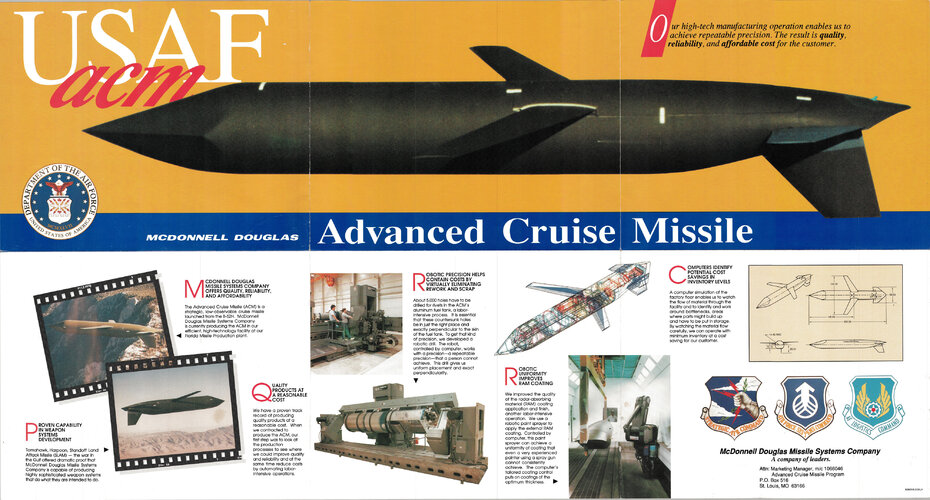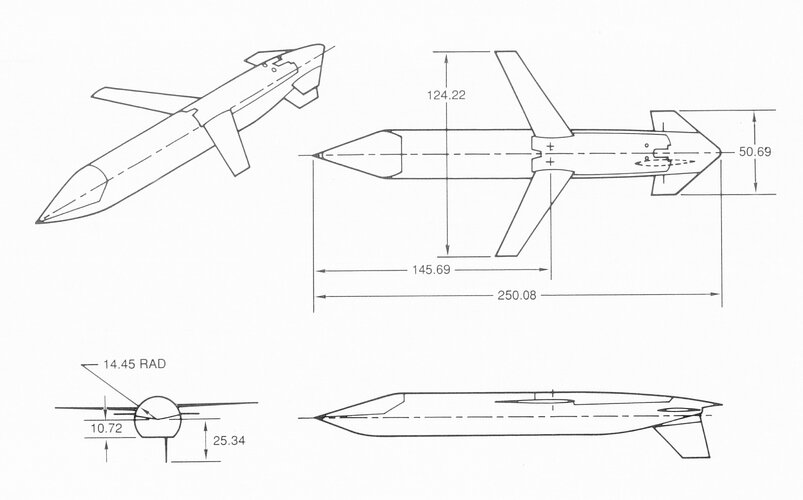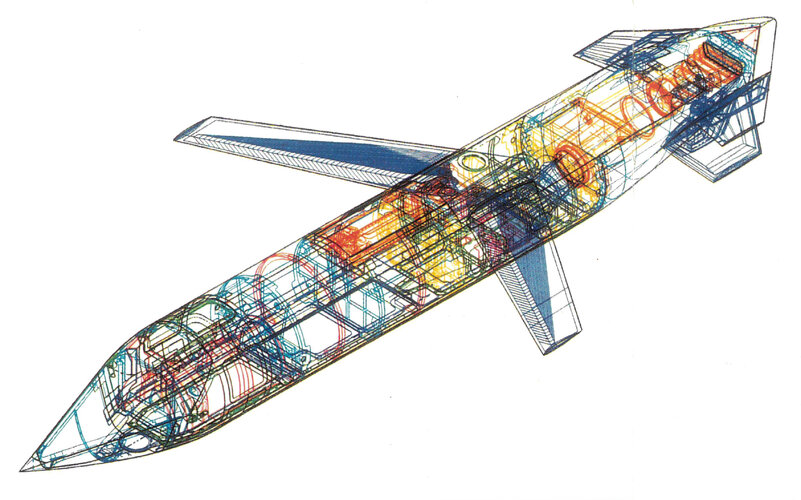- Joined
- 3 June 2011
- Messages
- 18,305
- Reaction score
- 12,130
Grey Havoc said:sferrin said:If it were a crap weapon they'd cancel it and start over. And I presumed you knew JASSM came from problems with the TSSAM not AGM-129.
Yes, but the AGM-129 was scrapped to preclude the possibility (or indeed likelyhood) that Congress would demand that JASSM be replaced with a conventional version of it.
Sounds like a conspiracy theory to me. They're not even in the same class. It'd be like saying the reason they got rid of the F-111 was to make sure the B-2 got built.
Grey Havoc said:And, as for 'size does matter', true. It's especially true in regards to the fact the smaller the payload space and mass available for a conventional warhead, the more expensive and less flexible it tends to become. And I don't share your belief that you can do without a nuclear option for such a missile in the first place.
The smaller the space for a warhead the more expensive it becomes? Are you serious?




























